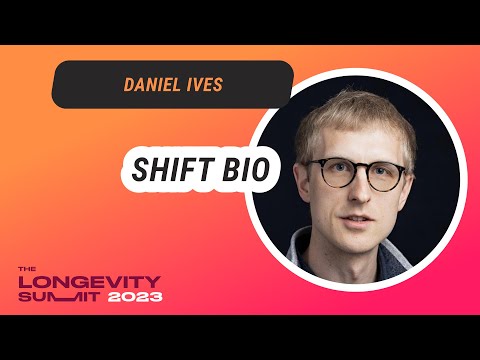The video discusses using AI to find ways to rejuvenate cells without causing tumors, focusing on gene pathways.
Here are the main points from Daniel Ives’ talk, “Decoupling Rejuvenation from Tumor Pathways,” at the AI x Biology Workshop 2025:
1. Background and Motivation
- Daniel Ives describes his early days as a scientist, highlighting the uncertainty and risk in traditional biological research, where years could be spent on a single hypothesis with uncertain outcomes.
- He contrasts this with the power of modern machine learning, which can recognize patterns in biological data that humans cannot.
2. Yamanaka Factors and Rejuvenation
- Ives explains the discovery of Yamanaka factors by Shinya Yamanaka, which can turn adult cells into stem cells—a breakthrough in reversing cellular age.
- However, these factors were originally sought for their ability to induce pluripotency (the ability to become any cell type), not rejuvenation.
- A major problem: the same factors that rejuvenate cells can also induce tumors, making them risky for therapeutic use.
3. Decoupling Rejuvenation from Tumor Pathways
- The key question: Can rejuvenation be separated from the tumor-inducing effects of pluripotency?
- Exploring all possible gene combinations in the lab would take centuries, but AI and virtual cell models can dramatically accelerate this process.
4. Using AI and Virtual Experiments
- Machine learning models are trained on single-cell gene expression data to simulate and predict the effects of gene combinations.
- These “virtual cells” allow researchers to run hundreds of thousands of simulated experiments in a fraction of the time it would take in the real world.
- The team found that some single genes could reverse cellular aging without inducing tumors, a surprising and promising result.
5. Key Findings
- A single gene was identified that could rejuvenate aged fibroblasts (a type of cell) without causing them to become tumorigenic.
- This gene also worked in other cell types, suggesting a broader potential for safe rejuvenation.
- Systematic screening revealed many single-gene targets capable of rejuvenation, some intersecting with known lifespan-extending pathways.
6. Open Questions and Future Directions
- The challenge now is translating these findings from cell cultures to the whole human body.
- Ives asks what machine learning tools could help move from dish-based experiments to systemic, safe rejuvenation therapies.
- He invites ideas from the workshop audience, emphasizing the collaborative and exploratory nature of this research frontier.
7. Q&A Highlights
- An audience member asks why so few genes seem to matter in these analyses, given the complexity of the genome.
- Ives responds that while many genes are active, only a small number are critical for certain functions, and some are only used briefly during development.
- The single rejuvenating gene they found is mostly expressed in the germ line, which is notable for its protection against aging.

